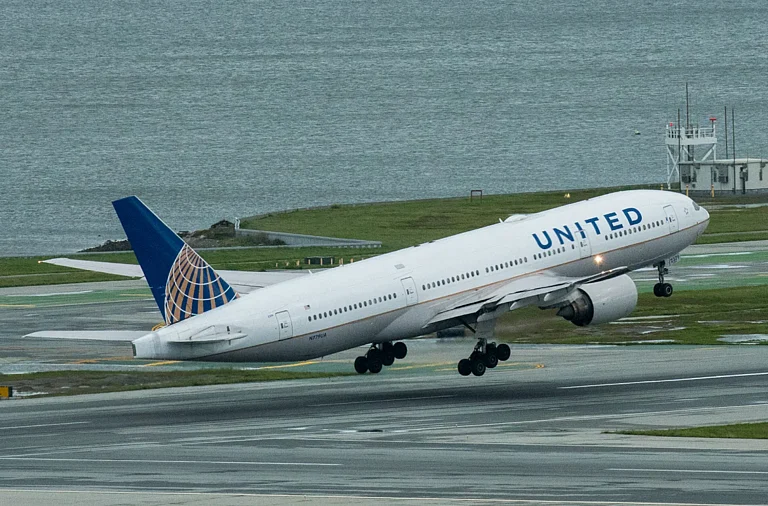A Boeing 737 Max 8 aircraft encountered an uncommon yet potentially serious issue called a Dutch roll before making a safe landing. The Federal Aviation Administration is currently investigating the incident that occurred on a Southwest Airlines flight last month.
Boeing 737 Max 8 Encounters Rare 'Dutch Roll' Midair At 32,000 Feet, FAA Investigates : Here's What Happened
In a recent incident, a Boeing 737 Max 8 aircraft encountered a rare aviation anomaly known as Dutch roll mid-flight, prompting an investigation by the FAA and sparking concerns over flight safety.

Less than an hour after departing from Phoenix on May 25th, the aircraft encountered an uncontrolled side-to-side yawing motion, known as a Dutch roll, while cruising at 32,000 feet. According to an initial report from the FAA, the pilots of Southwest flight 746 successfully regained control, and the plane landed safely in Oakland.
“A Dutch roll is definitely not something that we like to see,” remarked Shem Malmquist, a commercial pilot who operates the Boeing 777 and serves as an instructor at Florida Tech.
"It's quite uncommon on modern airplanes," Malmquist said, because the aircraft and their systems are designed to prevent a Dutch roll from occurring. Still, it’s important for pilots to know how to respond when it happens, he said.
“Obviously in this case they were,” Malmquist added. “That training is really, really critical.”
What is a Dutch Roll in an Airplane?
A Dutch roll is characterized by a combination of side-to-side rocking motions combined with yaw, also known as "tail-wagging," which refers to rotation around the vertical axis of the aircraft.
According to Dinuwan Galwatta, an aeronautical engineer who shares his expertise on TikTok through The Aero Technician channel, Dutch roll occurs when an aircraft's lateral stability (its resistance to rolling) is stronger than its directional stability (its ability to maintain a straight course).
According to him, there are three approaches used to mitigate the effects of Dutch roll:
Aircraft are engineered by aeronautical experts to strike a balance between lateral and directional stability. Factors such as wing design, vertical stabilizer size, and control systems are critical in achieving this balance.
Pilots can intervene in certain scenarios by applying rudder inputs to dampen Dutch roll. This involves anticipating the roll and making slight rudder adjustments to counteract it.
Many modern aircraft are equipped with yaw dampers, which are automated control systems that utilize minor rudder movements to actively suppress Dutch roll.
The Boeing 737 Max 8 jet involved in the Dutch roll incident is under two years old. Following the flight, a post-flight inspection by the FAA revealed damage to a backup power control unit (PCU) responsible for managing rudder movements on the aircraft's tail.
The plane remained grounded in Oakland until June 6th when it was flown to Everett, Washington, where one of Southwest's maintenance vendors is located.
Since the fatal crashes of two Boeing 737 Max 8 jets in 2018 and 2019, which claimed 346 lives, Boeing has been striving to regain the trust of both federal regulators and the public.
Earlier models of the 737 faced several accidents and crashes during the 1990s, which were attributed to issues with the tail rudder.
The cause of the loss of control during the Southwest flight has not yet been determined. No other airlines have reported similar issues.
Boeing deferred inquiries regarding the incident to Southwest Airlines, which declined to provide further comments.
The FAA stated it is collaborating closely with Boeing and the National Transportation Safety Board (NTSB) to conduct a thorough investigation.
“We will take appropriate action based on the findings,” the FAA added in a statement.
-
Previous Story
 Amid Hurricane Milton, Trump Insults Harris And Women At Pennsylvania rally
Amid Hurricane Milton, Trump Insults Harris And Women At Pennsylvania rally - Next Story






















